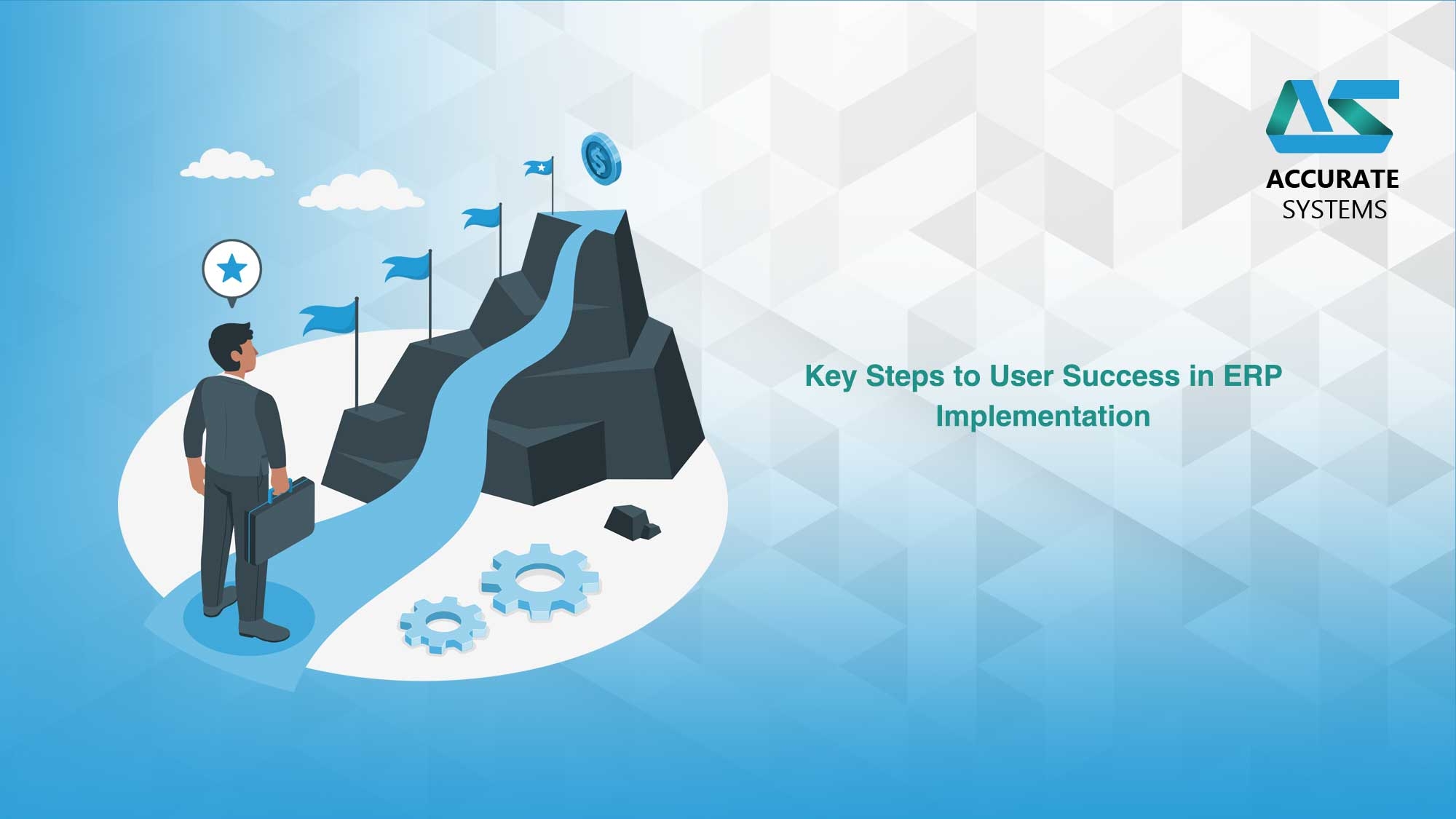Understanding the Importance of User Success in ERP Implementation
Implementing Enterprise Resource Planning (ERP) systems can be transformative for businesses, streamlining operations, improving efficiency, and driving growth. However, user success is critical to unlocking the full potential of these systems. Without proper training, support, and user engagement, even the best ERP solutions, like ERPNEXT, can fall short of expectations.
In this guide, we’ll explore essential steps to ensure user success during ERP implementation, with a focus on ERPNEXT and Accurate Systems’ expertise in Saudi Arabia.
Key Steps to Ensuring User Success
1. Comprehensive Needs Assessment
- Identify Pain Points: Begin by identifying the specific challenges your business faces that an ERP system can address.
- Align Goals: Ensure that the chosen ERP solution aligns with your organization’s strategic objectives to maximize ROI.
2. User Involvement from the Start
- Empowerment: Involving key users throughout the implementation process fosters ownership and commitment. Early user engagement leads to better adoption rates.
- Feedback Loop: Establish ongoing feedback channels to refine the ERP system continuously based on user insights and needs.
3. Tailored Training Programs
- Role-Based Training: Develop customized training programs that cater to the specific needs of different user roles within the organization.
- Hands-On Experience: Provide users with practical, hands-on experience to build confidence and competence in using the system effectively.
4. Effective Change Management Strategies
- Clear Communication: Keep employees informed about the benefits and impact of the ERP system. Effective communication helps ease transitions and reduces resistance to change.
- Address Concerns: Proactively address concerns and fears, and involve employees in the change process to build trust and acceptance.
5. Robust Support and Assistance
- Help Desk: Set up a dedicated help desk to provide real-time support and resolve user queries quickly.
- Knowledge Base: Create a comprehensive knowledge base or FAQ section that empowers users to troubleshoot issues independently.
6. Continuous Improvement
- Regular Reviews: Conduct periodic reviews of the ERP system’s performance and identify opportunities for optimization.
- Updates and Upgrades: Stay current with software updates and upgrades to ensure the system operates efficiently and continues to meet evolving business needs.
The Role of ERPNEXT and Accurate Systems in Saudi Arabia
ERPNEXT is a leading open-source ERP solution that offers businesses in Saudi Arabia flexibility and customization to meet their unique needs. Accurate Systems, a trusted ERP implementation partner, has extensive experience deploying ERPNEXT solutions across industries in the region.
Accurate Systems’ Proven Approach to User Success
- Deep Domain Expertise: Accurate Systems possesses in-depth knowledge of the Saudi Arabian market, allowing them to navigate the unique challenges faced by businesses in the region.
- Customized Implementation: Their tailored approach ensures that ERPNEXT is implemented in a way that aligns with each client’s specific requirements.
- Comprehensive Training and Support: Accurate Systems provides thorough training and continuous support, ensuring users can fully utilize the ERP system.
- Focus on User Experience: They prioritize intuitive and user-friendly interfaces to enhance user satisfaction and efficiency.
Conclusion
By partnering with Accurate Systems, businesses in Saudi Arabia can harness the full power of ERPNEXT. This partnership drives operational efficiency, enhances decision-making, and supports businesses in achieving their strategic goals. The focus on user success—through tailored training, continuous support, and ongoing improvements—ensures that employees are empowered and the ERP system delivers maximum value.


